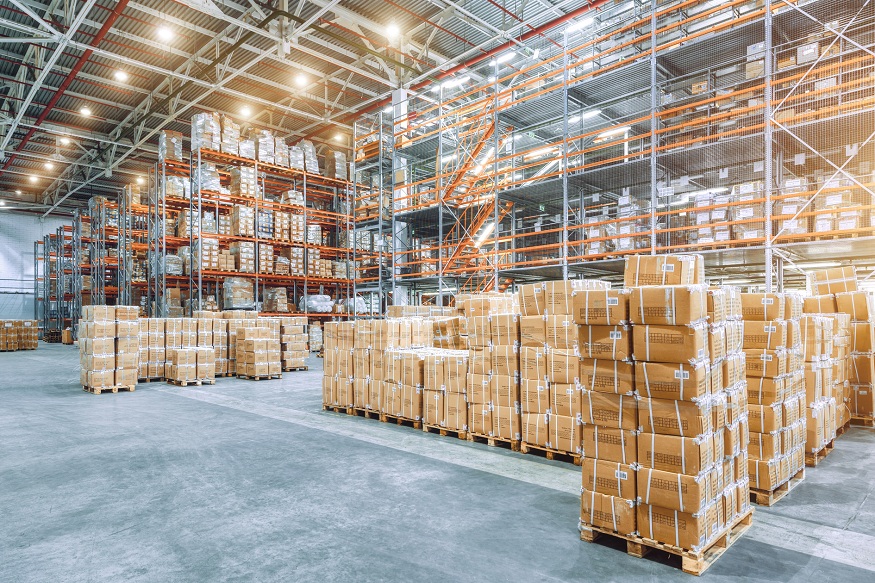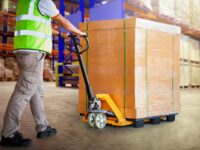Eco-Friendly Trends Taking Over Warehouses and Workshops

Walk into today’s warehouse or workshop and you’ll sense a quiet revolution. What once seemed like a list of environmentally friendly actions is now a complete operational strategy. Environmentally sound decisions are advantageous for businesses from a financial and ethical perspective.
Energy That Actually Pays for Itself
Across the country, solar panel installations produce enough juice to carry a warehouse through midday peaks, and after five to seven seasons of saved utility bills, they’ve usually covered their own costs. It’s the kind of return executives used to chase only in stock charts.
Fluorescent tubes, once the lifeblood of aisles and assembly lines, have been quietly replaced with LED strips and panels whose appetite for energy is 75 percent smaller and whose lifespan is a majestic 25 years longer. Light sensors now play the silent role of stagehand, bringing up the glow only when the room is occupied. It’s astonishing how dimmed circulation aisles and spotlighted workbenches can cut waste in a single touch.
Meanwhile, smart thermostats now “learn” the ebb and flow of a building like an attentive supervisor. They toast loading bays just before the first boot hit the concrete, ease off when the last whistle blows, and even whisper to one another about an incoming cold front. Result: a microclimate that feels just right and costs a fraction of the old days.
Waste That Becomes Treasure
Recycling has evolved beyond the simple blue and green bins of the past. Modern plants sort every piece of waste into many specific categories. Each of these is sold to mills, smelters, or specialized processors. What once piled in landfills now becomes a recurring revenue line.
Metal shavings, timber cut-offs, and stray fabric strips are systematically captured and sold back to producers as feedstock for new goods. Even packaging materials like Epsilyte’s recyclable EPS get collected and processed into new products instead of filling dumpsters.
Transportation That Cuts Costs
A new grid of electric vehicle charging stations is spreading across parking lots, keeping company cars and delivery vans charged and ready. Free-power programs attract staff with electric cars and ease the transition to quieter, cleaner fleets.
With spacious bike storage, designer showers, and changing areas, cycling to work is the most convenient choice. Several companies now run bike-share fleets on campus. This allows for a quick ride to swap the car for healthy, zero-grunt travel between buildings.
Consolidated shipping pools deliveries into a single morning run. This slices the number of trips in half. Routing software analyzes roads in real time, sending trucks on the most efficient sequence and cutting diesel use without cutting corners.
Buildings That Breathe Better
New ventilation systems pump in fresh air at half the usual energy cost. Built-in filters scrub particles and odors, and the steady airflow keeps indoor chemical levels far below the safety line. Fewer sick days and sharper focus come as a welcome side benefit.
Greener building products now line halls and offices; paints, adhesives, and floors that let go of almost no volatile compounds. The indoor air feels lighter, and the emissions clock tallies a small victory for occupant health and the planet.
Conclusion
Shrewd firms are going green for reasons that show up in the ledger. Lower energy bills, less waste, happier staff. Together, they steadily shrink operating costs. With the addition of grants and tax incentives, the argument for green improvements becomes more compelling.
The move toward sustainable warehouses and shops is more than public relations. It’s a play for ongoing competitiveness. The upgrades improve the workspace, trim the bottom line, and future-proof operations against rising regulatory expectations. Green facilities deliver a planet-friendly image and a healthier bottom line, hand in hand.





